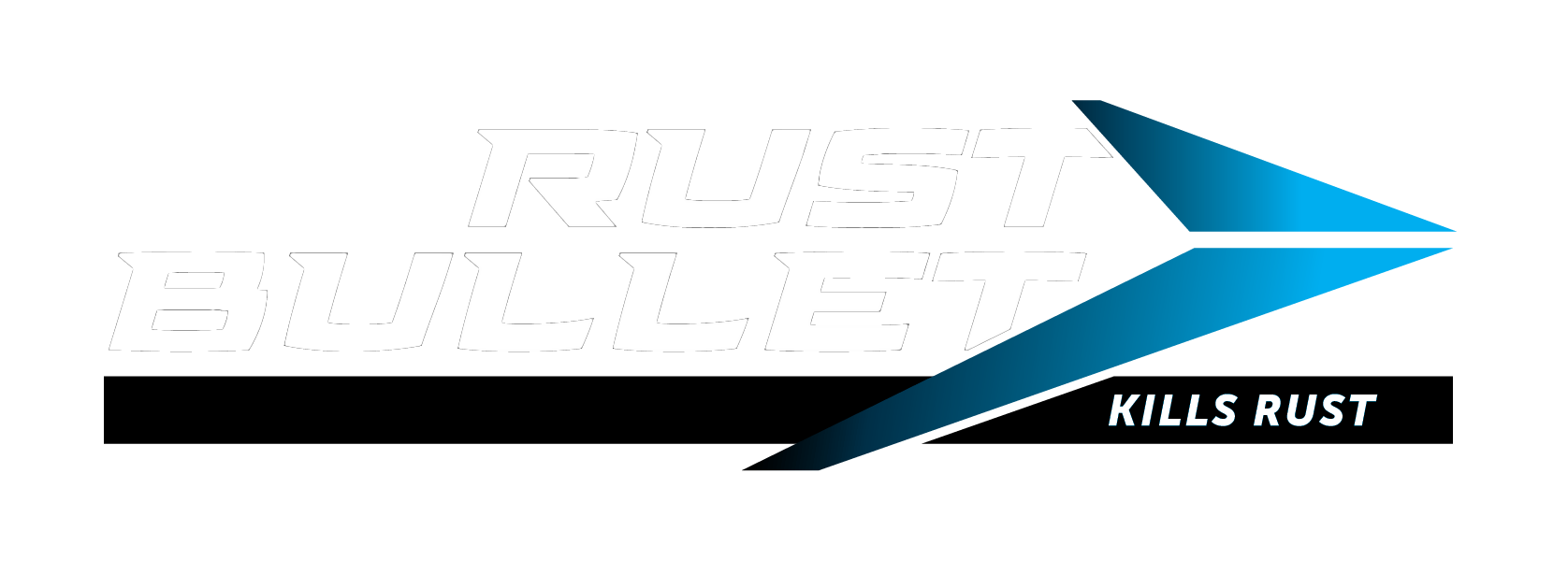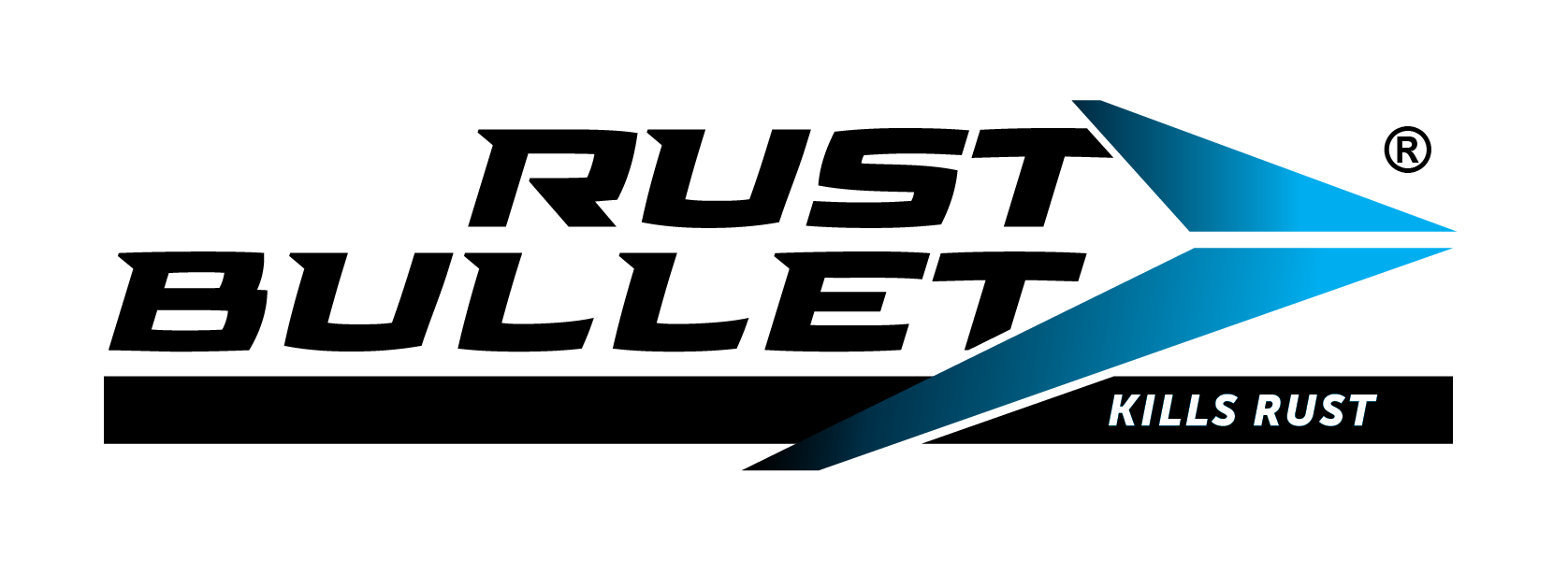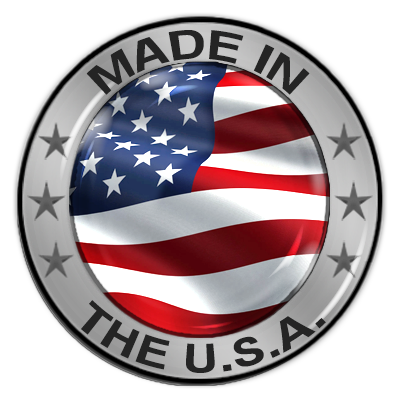Rust is a common enemy of every vehicle. Classic cars that have been around for decades tend to catch rust a lot faster than newer cars – hence requiring more maintenance. If you plan to give your class a makeover or maintain a classic car, this guide will help you learn the basics of classic car rust removal and how to prevent rust spots from spreading. The key to stopping rust is to address the issue early on. If the brownish stains aren’t removed on time, they can retire your car to the scrap yard early. So buckle up, and let’s get down to business.
How Does Rust Occur On Classic Cars?
In scientific terms, rusting is the chemical process of surface molecules reacting with oxygen in the air and producing new molecules, called Fe2O3, which are known as “iron oxides”. Rusting is a natural process for cars – if you leave the car’s iron cover to the elements, it will eventually reduce to iron oxide.
Classic cars that were produced during the 50s, 60s, and 70s were more poorly made and many of them began to show rusting signs as soon as they came off the assembly line. If left untreated, the main sheet panel can completely rust in a matter of years. It’s easier to repair rust when you notice the first few signs appear, rather than having to re-do the entire car.
There are few things that accelerate the rusting process. While rusting is a chemical reaction that occurs naturally when oxygen meets metal molecules; if the car is exposed to winter temperatures and saltwater the rusting process can accelerate. Fortunately, while rusting is a chemical process, there are chemical products that can reverse rusting. We have many anti-rusting solutions available at Rust Bullet LLC – give them a try.
Signs Of Rusting On A Classic Car
Usually, the first signs of rusting are when you see a bubble of paint at the bottom of your door, a small brown stain on the fender, etc. – these small signs will give you an indicator the molecules have started going to work. Even new cars can be sent to the scrap yard due to rust, however, the problem is easily treatable and you can solve it with DYI solutions at home.
Despite new developments in science that allow us to build more rust-resistant coating for cars, iron is always an unstable chemical which means it succumbs to the elements. If you enjoy working with the car, and you want to remove the rust – keep reading to learn how to stop rust on the car body getting worse.
Time Required To Fix Rust
- For small patches of rust, you can fix it on your own in as little as 15-30 minutes.
- For large makeovers and severe rusting on classic cars, it may take up to 10 hours.
Do You Need Skills?
Yes, fixing rust requires intermediate skills. The repair work will require basic know-how of applying anti-rusting products. At Rust Bullet, we provide application guidelines with our vehicle anti-rusting products and you can fix your car on your own.
Preparing The Car For Rust Removal
The best way to prepare yourself for the rust issue is to avoid the issue altogether. There are ways to prevent your car from accumulating rust, such as to avoid exposure to moisture and keep the car in a warm area. If your car is parked in a warm location, the chance of rusting significantly decreases. This is why the rusting problem is more common in cold states where the cars are exposed to cold air molecules.
There are other things you can do to prevent your classical car from decaying. Aside from removing moisture and parking it in a dry/warm area, you should also wash your car regularly in order to remove unwanted materials such as grime, salt, and dirt (which eventually accelerate corrosion). Additionally, consider checking the drain holes along the bottoms of the doors to make sure the rainwater is flowing out. You can use a simple pipe cleaner to remove them.
How To Solve Surface-Level Rust
The most common issue on newer cars is surface rust. Usually, surface rust is the result of paint breaking down. While this isn’t a structural problem, the fixing required will vary based on the thickness of the metal sheet and the alloy. If the classic car has residue paint, it will be easier to correct.
Solution: This repair might take a few hours to get right in any classic car. You’re going to need sandpaper to start cutting through the paint or rust until you reveal bright metal. After that, you can apply Rust Bullet paint in order to finish off the repair. No primer or topcoat required.
How To Solve Scale Damage
The major issue with classic cars is removing the surface rust that piled up. If you didn’t correct the rust when it started to pile up and spread all over the surface, you get a large bubble. Rust molecules tend to become a lot larger than pure iron or steel molecules. After a while, the rust spreads around and exposes fresh metal which begins corroding. Eventually, the rust penetrates into that fresh surface and causes damage called “scale”.
Solution: The only way to remove scale is to use a wire brush to go through the rust while removing all the roughness with a grinding wheel. You will also need sandpaper to obtain a smooth surface. Finally, you can finish off the repair by applying a minimum of two coats of paint.
How To Solve Holes/Penetration
In some parts, the rust might get so bad that you have penetration and there’s no metal left. This is a big issue with classic cars that went untreated for decades.
Solution: Your options here are to either completely replace the affected parts (which can get expensive) or hire a welder in order to patch those panels together. If you don’t fix penetration, it can severely affect the crash integrity of the car.
Alternative: Use Rust Inhibitors
If you’re facing major rusting issues and you want to get rid of the rust ASAP, our solutions at Rust Bullet LLC can help you impede the progress of rust in as little as 30 minutes. Take a look at our catalog to see what we can do for your classic car.





Comments are closed